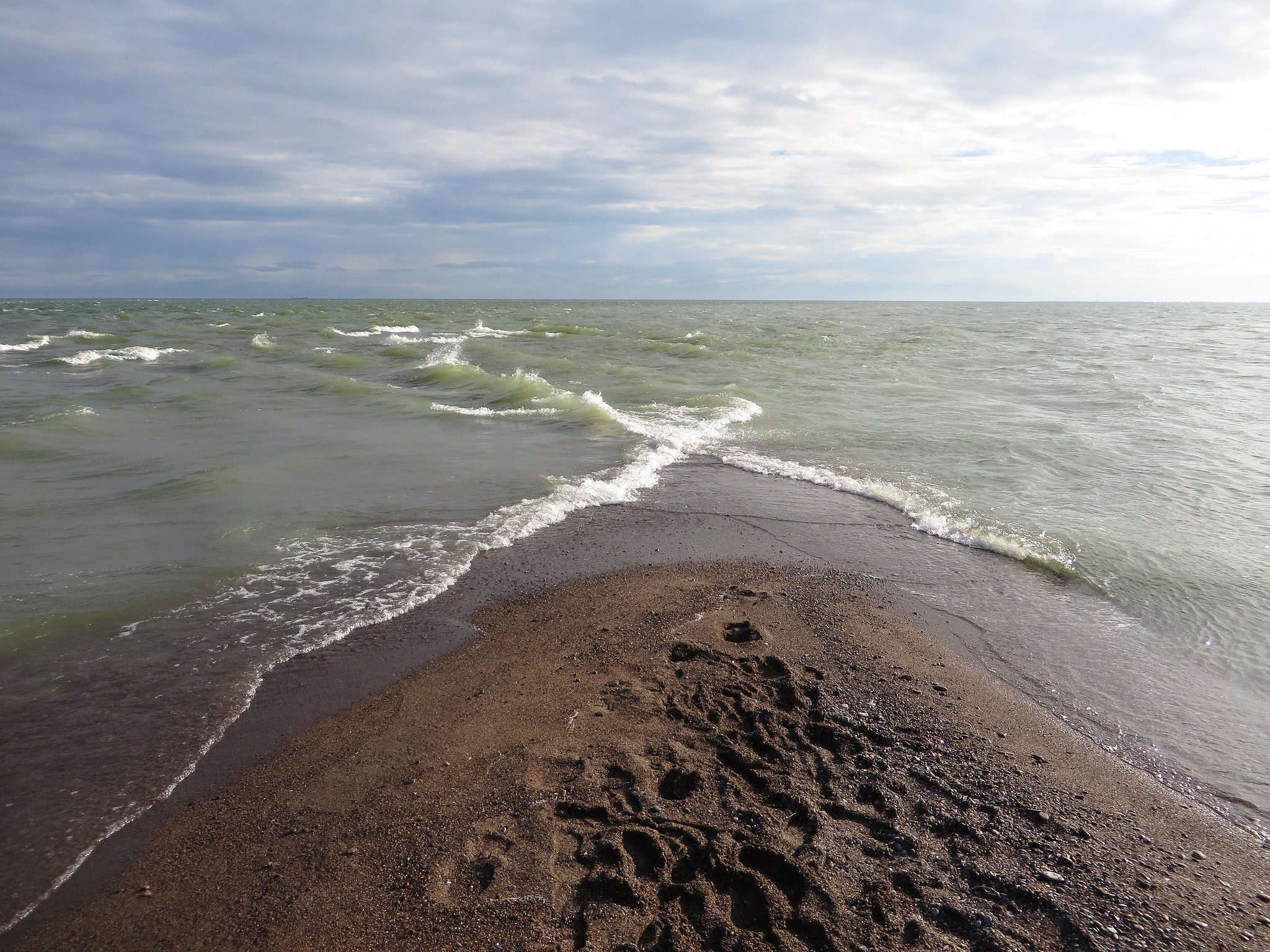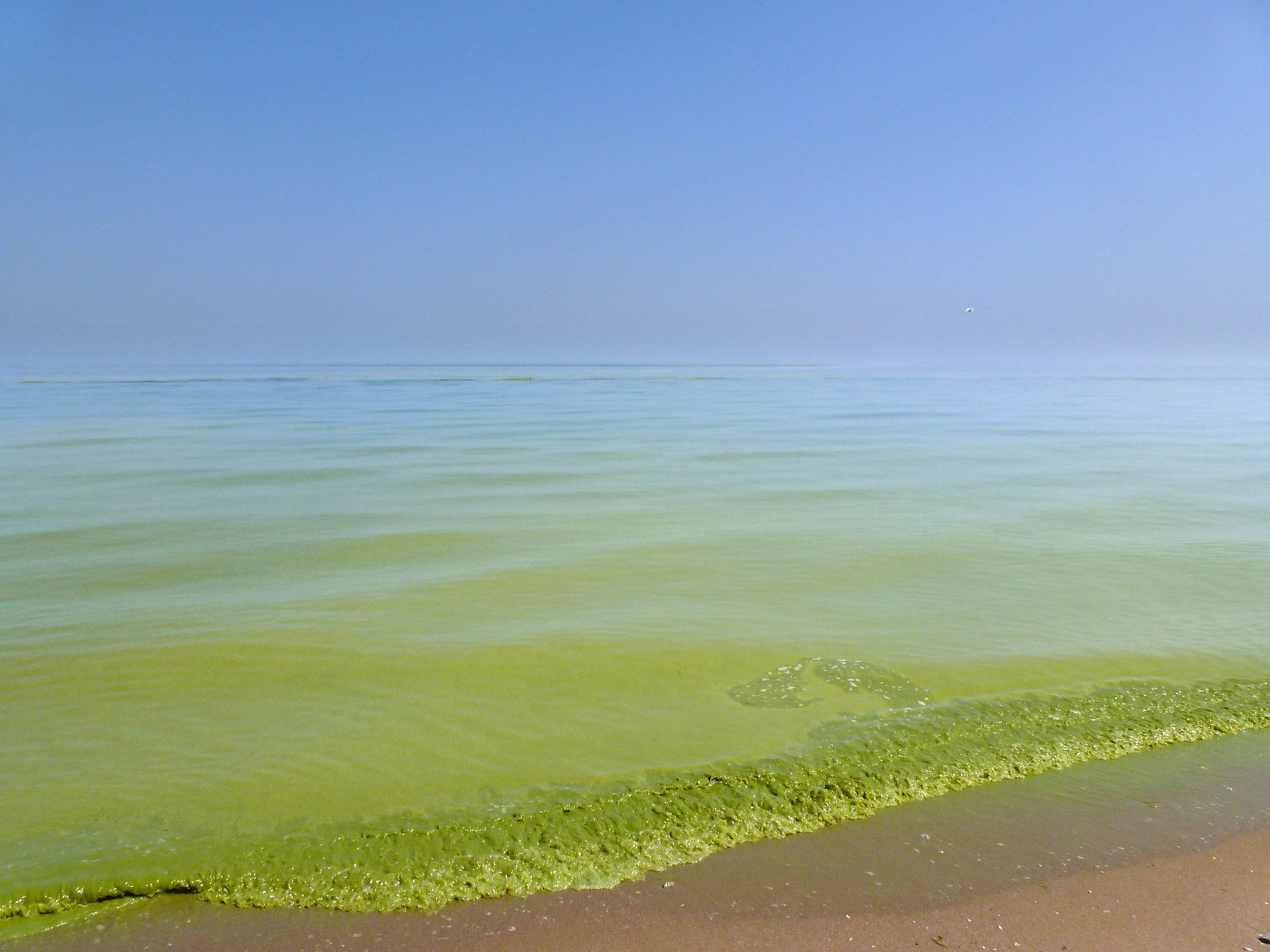Lake Erie’s health continues to deteriorate and needs our help. To help revive the lake, the federal and Ontario governments released a joint action plan (the Canada-Ontario Lake Erie Action Plan) in February of 2018. But the plan isn’t being implemented.

The Canada-Ontario Lake Erie Action Plan has 120 actions to help reduce how much phosphorus is entering the lake, which is the main cause of the algae blooms that are devastating the lake. Following the release of the action plan, both the federal and provincial governments agreed to release a work plan that establishes timelines for the actions. The work plan will also determine the investment required to make sure this work gets done properly.
This work plan was supposed to be released by February 2019. Two years later, we still have no work plan.
Lake Erie — one of our most valuable assets

Lake Erie supplies drinking water to more than 11 million people, processes millions of gallons of wastewater, and provides important species habitat. Lake Erie offers abundant recreational activities that people can enjoy during all seasons of the year for residents and tourists alike. Lake Erie also supports a substantial economy, with more than $50 billion annual income contributing to tourism, recreational boating, shipping, fisheries, and other industries.
If it isn’t already clear to us all by now, it should be – Lake Erie is invaluable to the communities that it supports. Yet at the same time, the increasing pressures and stresses on the lake are threatening the lake’s ability to support life.
History is repeating itself in the lake

This isn’t the first time we have seen this happen in Lake Erie. In the late 1960s, Lake Erie was declared dead. It was plagued by industrial pollution and sewage waste. This resulted in harmful algae blooms and something called hypoxia (which essentially chokes the lake and deprives it of oxygen – yikes!). It wasn’t long before dead fish were washing up along the shorelines. Fortunately, decision-makers and concerned people from both sides of the lake got together to solve the problem.
By 1980, Lake Erie was again able to play a significant economic and recreational role! People could continue to enjoy the lake they love so much.
But then, about 13 years ago, severe algae blooms returned. This is largely due to nutrient pollution from agricultural runoff as well as the warming of Lake Erie due to global warming. 2011 and 2015 were two of Lake Erie’s worst years. The negative impacts on the economy, drinking water sources, and recreational access, cannot be understated. The 2011 bloom impacts were estimated to be $16 million for diminished property values, $20 million for lost tourism revenue, $31 million for lost recreational opportunities, and $4 million for water treatment costs. 2015 was slightly lower at estimated impacts of $65 million. But the impacts of these blooms on the quality of life for humans and animals throughout the basin are something that these numbers cannot capture or measure.
Without a doubt, reducing phosphorus must be a top priority in Lake Erie to reduce the occurrence and severity of harmful algae blooms.
The Canada-Ontario Lake Erie Action Plan needs its work plan now
It is imperative the federal and Ontario government release their public work plan as soon as possible, so Lake Erie can finally get the help that it needs. The clock is ticking. We need timelines and accurate estimates for the amount of investment required to complete the work so that we can keep Lake Erie alive. We know we love the lake, now we need our leaders to implement the action plan. Send a letter to your MP and MPP to urge them to release the Canada-Ontario Lake Erie Action Plan’s Work Plan. We need to forge ahead with urgency and with everything we’ve got if we’re going to save Lake Erie!









